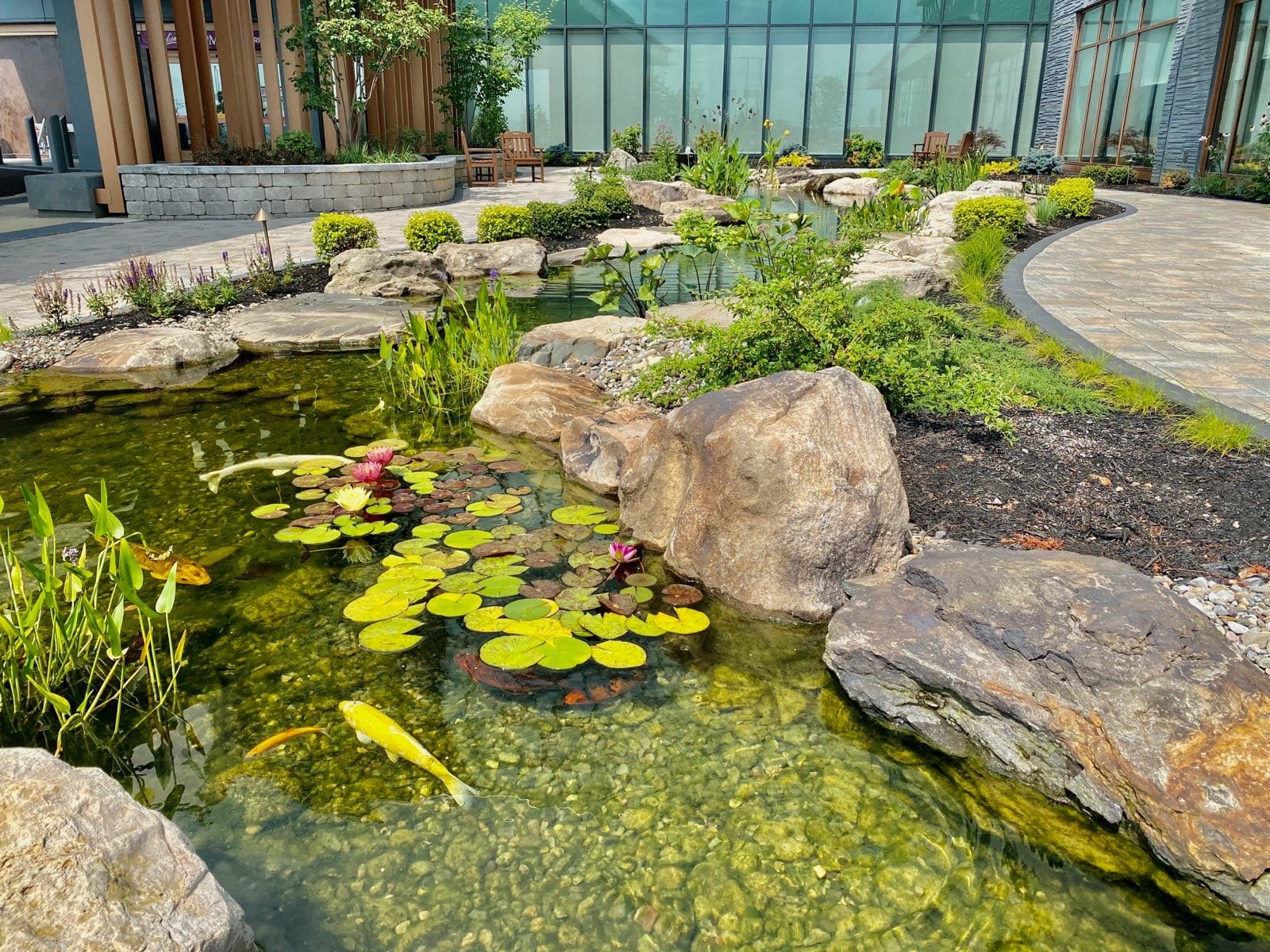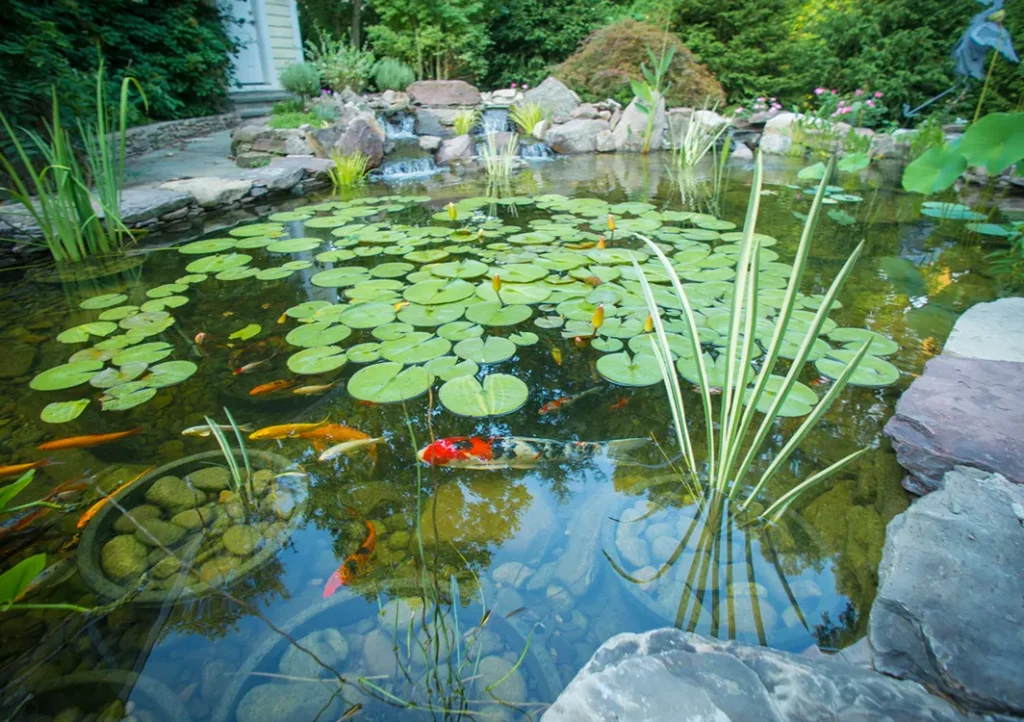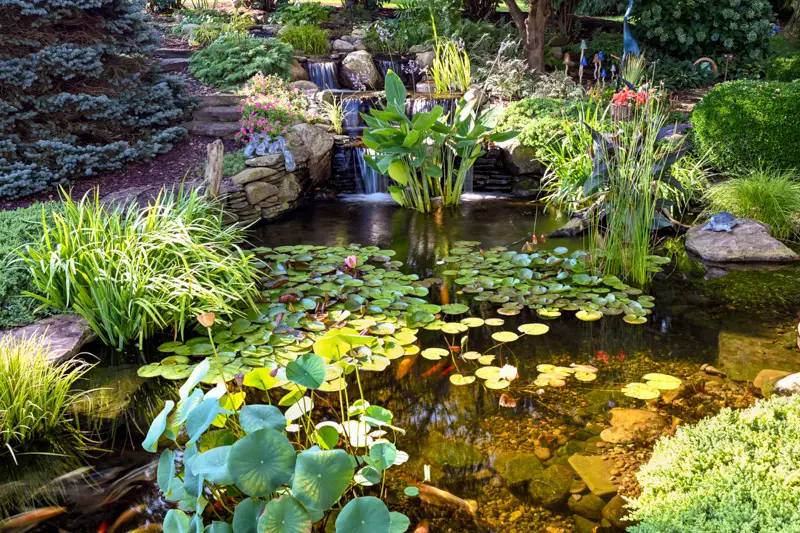Welcome to our comprehensive guide on how to keep a pond clear and thriving! Ponds are a beautiful addition to any outdoor space, providing a tranquil oasis for both humans and wildlife. However, maintaining a clean and clear pond requires some effort and regular upkeep. In this article, we will explore effective strategies and tips to ensure your pond remains crystal clear and healthy.

Credit: splashsupplyco.com
1. Install an Efficient Filtration System
One of the most crucial steps in keeping your pond clear is to install a high-quality filtration system. Filtration systems help remove debris, fish waste, and other pollutants that can cloud the water. There are various types of filtration systems available, including biological filters, mechanical filters, and UV clarifiers. Choose a system that suits the size and type of your pond.
2. Regularly Clean and Maintain Your Filter
To ensure your filtration system functions optimally, it is essential to clean and maintain it regularly. Check the filter for any clogs or blockages and clean or replace the filter media as needed. Regular maintenance will prevent the buildup of debris and ensure that your pond water remains clear and healthy.
3. Control Excessive Nutrients
Excessive nutrients in the water can lead to algae blooms and cloudy water. To prevent this, limit the amount of organic matter entering the pond, such as fallen leaves and uneaten fish food. Consider adding aquatic plants to help absorb excess nutrients and provide natural filtration. Regularly remove any decaying organic matter from the pond to maintain water clarity.
4. Monitor Water Quality
Regularly testing the water quality of your pond is essential for maintaining clarity and the overall health of the ecosystem. Test the water for pH levels, ammonia, nitrites, and nitrates to ensure they are within the optimal range for fish and plants. Adjust water parameters as needed to create a balanced and healthy environment for your pond inhabitants.

Credit: charlottebackyardponds.com
5. Properly Position Your Pond
The location of your pond can impact its clarity and overall health. Position the pond away from trees to prevent excessive leaf litter from falling into the water. Avoid placing the pond in direct sunlight for prolonged periods, as this can promote algae growth. Consider the surrounding landscape and ensure proper drainage to prevent runoff from carrying pollutants into the pond.
6. Regularly Remove Debris
Leaves, twigs, and other debris can quickly accumulate in a pond, leading to murky water and nutrient imbalances. Use a pond skimmer or net to regularly remove debris from the surface of the water. Consider installing a bottom drain to facilitate the removal of debris that sinks to the bottom of the pond. Regular debris removal will help maintain water clarity and prevent issues with water quality.
7. Add Beneficial Bacteria
Beneficial bacteria play a vital role in maintaining a healthy pond ecosystem. These bacteria help break down organic matter, fish waste, and other pollutants, reducing the risk of algae blooms and water cloudiness. Consider adding a bacterial supplement to your pond regularly to promote a balanced and thriving ecosystem.
8. Avoid Overfeeding Fish
Overfeeding fish can lead to excess nutrients in the water, contributing to algae growth and poor water quality. Feed your fish sparingly and only as much as they can consume in a few minutes. Remove any uneaten food to prevent it from decomposing and releasing additional nutrients into the pond. A balanced fish diet will help maintain water clarity and the overall health of your pond.
9. Perform Regular Water Changes
Regular water changes are essential for maintaining water quality and clarity in your pond. Partial water changes help remove accumulated pollutants and replenish oxygen levels in the water. Aim to change about 10-20% of the water every 1-2 weeks, depending on the size and stocking levels of your pond. Use a dechlorinator to treat tap water before adding it to the pond to remove harmful chemicals.
10. Keep an Eye on Fish Population
Overcrowding can lead to excess waste production and nutrient buildup in the water, impacting water clarity and overall pond health. Monitor the fish population in your pond and ensure they have adequate space to thrive. Consider relocating or rehoming fish if the pond becomes overcrowded to maintain a balanced ecosystem.
Conclusion
Maintaining a clear and healthy pond requires a combination of proper filtration, regular maintenance, and balanced ecosystem management. By following the tips outlined in this guide, you can ensure that your pond remains a beautiful and thriving aquatic habitat for years to come. Remember to monitor water quality, control excess nutrients, and maintain a balanced fish population to enjoy a crystal-clear pond that enhances the beauty of your outdoor space.
Implement these strategies and watch as your pond transforms into a clear and vibrant aquatic paradise that you can enjoy and admire every day!




